Hi Steemit! As you know, I really love turtles. Today I'd like to talk about the endangered Green Sea Turtle, and particularly the inspiring story of some really important conservation work being done on Raine Island, the world's largest Green Sea Turtle nesting site.
When we think of turtles, the image that first comes to mind is probably the iconic Green Sea Turtle, Chelonia mydas. These beautiful turtles can be found cruising the world's tropical and subtropical waters, and are a common sight on the Great Barrier Reef. They're mostly herbivorous, feeding on seagrass. They're also seriously huge, with shells commonly a meter or more long, and often weigh almost 200kg. The biggest one ever found weighed nearly 400kg!
One of the main roles of Green Sea Turtles in marine ecosystems is keeping seagrass beds healthy by grazing on the grass and recycling the nutrients in it. Much like mowing the lawn, by nibbling down the blades of grass they stimulate new growth and expansion.
But sadly, (just like all the other species of sea turtles), they're not doing too well. Green Sea Turtles have been classified by the IUCN as endangered, and their population continues to decline. Although they're protected by law in many countries, people still keep killing them for food, by accident, or as bycatch. We're also wrecking their habitats, killing off the seagrass beds they feed on, and building on and around their nesting beaches resulting in loss of places to nest and much higher rates of baby turtle death. Which is pretty damn high even without us making it worse; only about one in every thousand baby Green Sea Turtles makes it to adulthood.
Here in Australia, we're lucky to have the world's largest Green Sea Turtle nesting site. It's on Raine Island, located off the far north Queensland coast. 90% of the Great Barrier Reef's Green Sea Turtles nest there, making it a very special and important place for their conservation. In a typical nesting season, 20,000 female turtles will come to Raine Island to lay their eggs.
As you've probably seen in many nature documentaries, the female turtles crawl up onto the beach at night and laboriously dig out a nest in which they lay about 100 eggs. They fill in their nests, then make their way back to the sea. Around the world, typically about 80% of the eggs will hatch. A female usually does this about six times in the nesting season, adding up to an average total of 600 or so eggs.
But a few years ago, scientists surveying the nesting turtles on Raine Island found that only about 30% of the eggs laid there are hatching. This is very alarming considering it's the largest nesting site of a declining endangered species. The scientists also found much higher than average numbers of adult females dying on the beach, unable to get back to the sea. Losing all these turtles is a serious blow to the future of the Green Sea Turtle, so much has been done to figure out what is going wrong and fix it.
The biggest reason why eggs are failing to hatch is because the nesting beach is now too low, and water has been flooding a lot of the nests at high tide. The eggs can survive being immersed in water for a little while, but not for hours as the baby turtles need to receive oxygen through the shell.
The good news is, this is a problem that can be fixed, and it's getting fixed! The Raine Island Recovery Project has been launched and drastic action is under way to improve hatch rates, lower adult mortality rates, and generally conserve the island and all its species.
The two biggest things they're doing is raising the lower parts of the nesting beach to prevent the nests being flooded, and fencing off dangerous cliffs and structures so mother turtles don't fall and get stuck on their backs. So far, a large test strip of nesting beach has been raised up with more sand, and a lot of cliffs have already been fenced. Turtles have been using the test portion of sand and so far hatch rates have improved to 56%, while adult mortality rates have dropped by 50%. Those are very encouraging figures! The project aims to continue improving the island and closely monitoring the turtles over the next couple of years, and we can expect to see more good results.
For more information on the Green Sea Turtles on Raine Island check out this awesome video narrated by Sir David Attenborough.
You may also enjoy this video bythe Raine Island Recovery Project, discussing the project and what they've done so far.
You can also read more about the Raine Island Recovery Project here
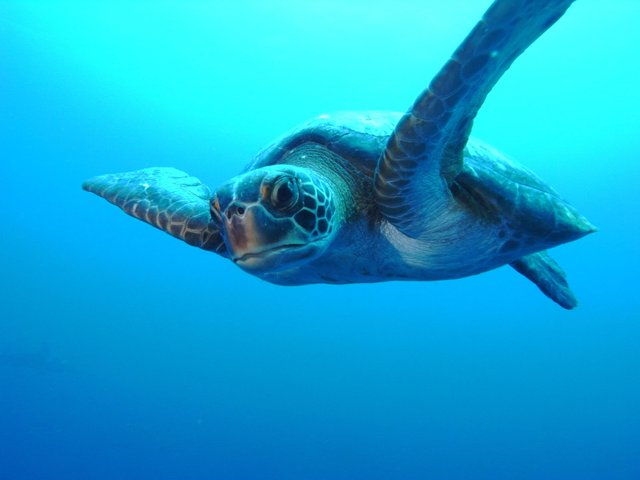
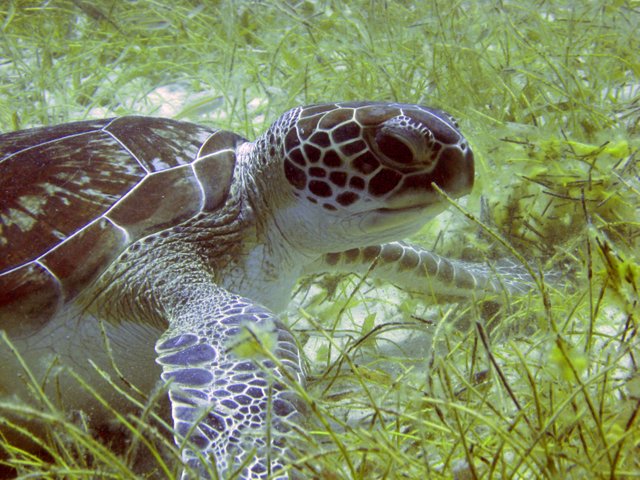
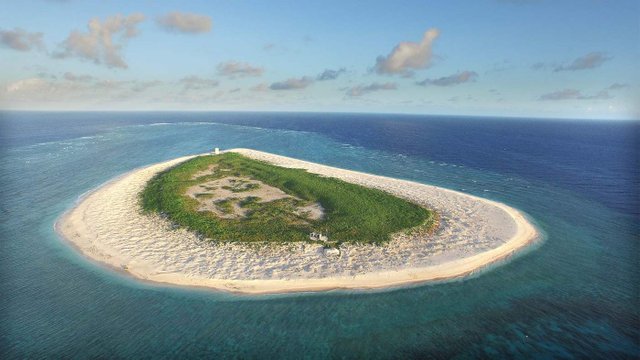
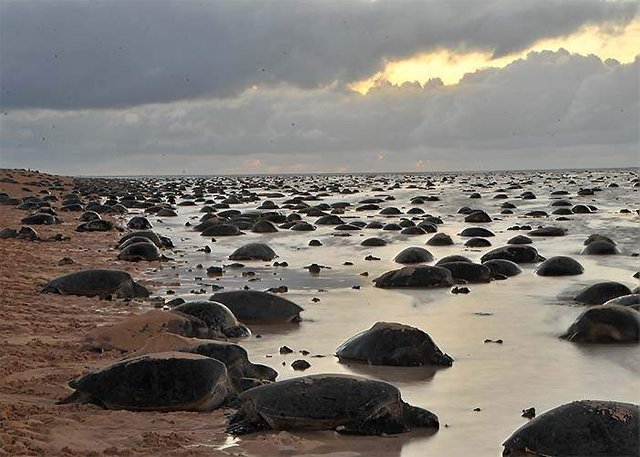
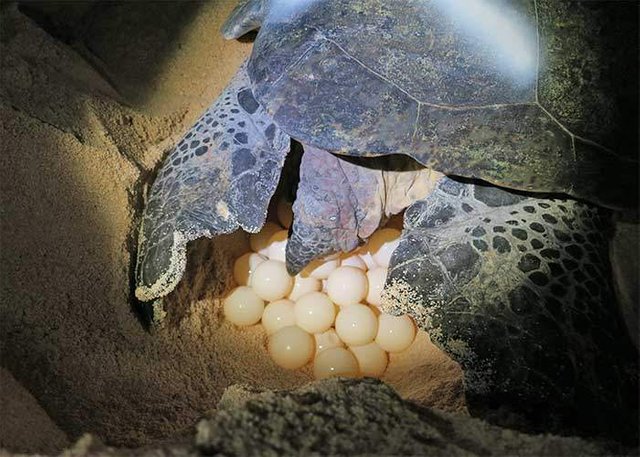
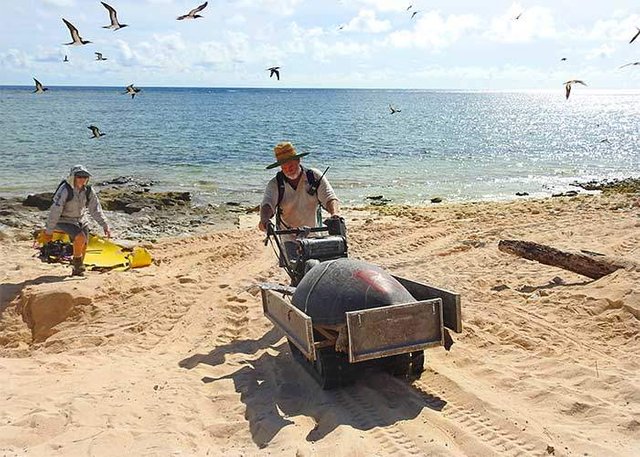

Oh I love sea turtles, my son is absolutely obsessed with them at the moment. Great post, love the pictures, especially important to raise awareness for endangered species like the green sea turtle!
Downvoting a post can decrease pending rewards and make it less visible. Common reasons:
Submit
thanks :) i'm glad you liked it!
Downvoting a post can decrease pending rewards and make it less visible. Common reasons:
Submit